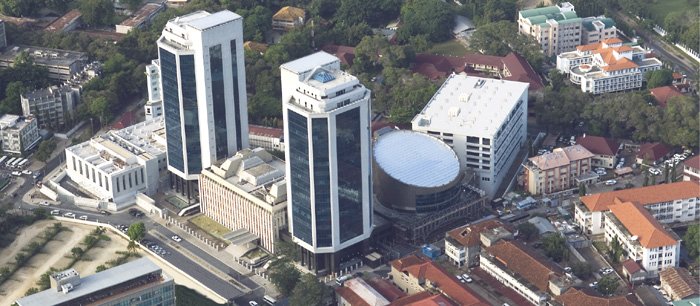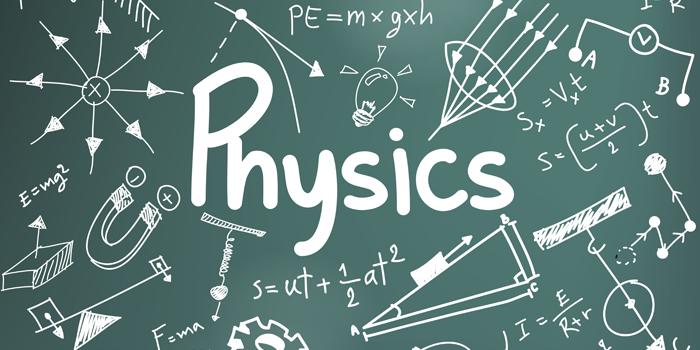Educational Tour: Tanzania Revenue Authority
Understanding Tax Collection and National Development

Introduction to Tax Education
The Tanzania Revenue Authority (TRA) plays a vital role in national development by collecting government revenue through various taxes. Educational tours of TRA regional offices provide students with a unique opportunity to understand the importance of taxation and how it fuels national progress and public services.
Through guided tours and interactive sessions, students learn about the tax collection process, the different types of taxes, and how tax revenue is allocated to fund essential public services. This experience helps demystify taxation and shows students how their future tax contributions will support national development.
Educational Focus: The tours specifically emphasize the importance of tax compliance, types of taxes collected, revenue allocation to public services, and TRA's collaboration with other government agencies to ensure efficient revenue collection.
Educational Benefits for Students
Visiting Tanzania Revenue Authority offices offers students numerous educational benefits that complement their classroom learning in civics, economics, and social studies:
Understanding Taxation Purpose
Students learn why citizens pay taxes and how taxation forms the foundation of government funding for public services and infrastructure.
Tax Types and Systems
Comprehensive understanding of different tax categories including direct and indirect taxes, and how they affect individuals and businesses.
Revenue Allocation
Learning how tax money is distributed to fund essential services like education, healthcare, infrastructure, and security.
National Development
Understanding how tax compliance directly contributes to Tanzania's economic growth and sustainable development.
Inter-agency Collaboration
Learning how TRA works with other government institutions to enhance revenue collection and combat tax evasion.
Career Inspiration
Exposure to tax administration can inspire interest in careers in revenue collection, economics, accounting, and public finance.
Why Citizens Pay Taxes
Taxation is the primary source of government revenue that enables the provision of public goods and services that benefit all citizens. During TRA tours, students learn about the fundamental reasons for taxation:
Social Contract and Public Goods
Taxes represent the social contract between citizens and the government. In exchange for tax payments, the government provides services that individuals cannot efficiently provide for themselves, such as national defense, public roads, and law enforcement.
Wealth Redistribution
Progressive taxation systems help redistribute wealth by requiring higher earners to pay a larger percentage of their income, which funds social programs that support vulnerable populations.
Economic Stabilization
Tax revenue enables government spending during economic downturns, helping to stabilize the economy and maintain employment levels through public works and social programs.
Key Insight: Taxation is not merely about collecting money but about building a society where collective resources fund shared needs and opportunities for all citizens.
Types of Taxes in Tanzania
Tanzania's tax system includes various types of taxes designed to collect revenue efficiently while maintaining fairness. Students learn about these different tax categories:
Income Tax
Tax on individual and corporate income, including Pay As You Earn (PAYE) for employees and corporate tax for businesses.
Value Added Tax (VAT)
Consumption tax applied to the price of goods and services at each stage of production and distribution.
Import and Export Duties
Taxes on goods crossing Tanzania's borders, including customs duties and excise taxes on specific imported products.
Excise Duty
Taxes on specific goods produced domestically, such as alcohol, tobacco, and petroleum products.
Property Tax
Taxes on property ownership, including land and buildings, collected by local government authorities.
Withholding Tax
Tax deducted at source from payments like dividends, interest, and royalties before the recipient receives the payment.
Where Tax Money Goes: Funding National Development
One of the most important lessons from TRA tours is understanding how tax revenue is allocated to fund essential public services and infrastructure projects:
Education
Funding for public schools, teachers' salaries, educational materials, and university subsidies to ensure quality education for all Tanzanian children.
Healthcare
Support for public hospitals, clinics, medical supplies, and health insurance programs to improve healthcare accessibility and quality.
Infrastructure
Construction and maintenance of roads, bridges, railways, and public transportation systems to connect communities and boost economic activity.
Security
Funding for police services, defense forces, and judicial systems to maintain law, order, and national security.
Additional Public Services Funded by Taxes:
- Social Services: Welfare programs, elderly care, and support for vulnerable populations
- Agricultural Development: Subsidies, research, and extension services for farmers
- Water and Sanitation: Clean water projects and sanitation infrastructure
- Energy Sector: Electricity generation and distribution infrastructure
- Environmental Protection: Conservation efforts and pollution control measures
Tax Compliance and National Development
Tax compliance—the willingness of individuals and businesses to pay their taxes correctly and on time—is crucial for national development. During TRA tours, students learn how tax compliance directly impacts Tanzania's progress:
Benefits of Tax Compliance:
- Predictable Revenue: Enables government to plan and implement long-term development projects
- Improved Public Services: More revenue means better schools, hospitals, and infrastructure
- Economic Stability: Consistent funding for government operations and social programs
- Reduced Borrowing: Lower need for government debt, reducing future tax burdens
- Fairness: Ensures all citizens and businesses contribute their fair share
The Tax Collection Process:
Registration
Taxpayers register with TRA and receive Tax Identification Numbers (TIN)
Declaration
Taxpayers file returns declaring their income or transactions
Assessment
TRA assesses the tax liability based on declarations
Payment
Taxpayers pay their assessed taxes through various channels
Allocation
Revenue is allocated to fund government services and projects
TRA Collaboration with Other Government Agencies
The Tanzania Revenue Authority works closely with various government institutions to enhance tax collection, ensure compliance, and streamline government operations:
Bank of Tanzania
Collaboration on economic data sharing, foreign exchange monitoring, and implementation of monetary policies that affect revenue collection.
Ministry of Finance
Working together on budget preparation, tax policy development, and revenue forecasting to align tax collection with national budgetary needs.
Local Government Authorities
Partnership in property tax collection, business licensing, and sharing of taxpayer information to enhance local revenue collection.
Immigration Department
Cooperation in monitoring cross-border transactions and preventing tax evasion through international movements.
Business Registration & Licensing Agency (BRELA)
Integration of business registration with tax registration to ensure all businesses are properly documented for taxation.
Preventive Services
Joint operations with customs and border control agencies to combat smuggling and ensure proper collection of import duties.
Benefits of Inter-agency Collaboration:
- Improved Efficiency: Streamlined processes reduce duplication and lower compliance costs
- Enhanced Compliance: Better data sharing helps identify tax evaders and ensure fair taxation
- Comprehensive Planning: Coordinated approach to revenue collection and economic planning
- Reduced Fraud: Joint efforts to detect and prevent tax-related crimes and fraud
Tour Information and Educational Activities
Student tours of Tanzania Revenue Authority regional offices are carefully structured to provide maximum educational value while maintaining operational efficiency:
Typical Tour Structure:
- Orientation Session: Introduction to TRA's mission, functions, and importance of taxation
- Department Visits: Tour of various TRA departments including customer service, tax processing, and compliance units
- Interactive Workshops: Hands-on activities demonstrating tax calculation and compliance processes
- Technology Demonstration: Viewing electronic tax systems and online payment platforms
- Q&A Session: Opportunity to ask questions to TRA officials and tax experts
Tour Educational Highlights:
Conclusion: Building a Tax-Compliant Generation
Educational tours of the Tanzania Revenue Authority provide students with invaluable insights into the importance of taxation and its direct connection to national development. These experiences transform the abstract concept of taxation into tangible understanding, helping students appreciate how their future tax contributions will build a better Tanzania.
By learning about tax types, revenue allocation, and the collaborative nature of government revenue collection, students develop a deeper appreciation for their role as future taxpayers. This knowledge empowers them to become responsible citizens who understand that tax compliance is not just a legal obligation but a civic duty that fuels national progress.
Long-term Impact: Beyond immediate educational benefits, TRA tours can inspire future tax professionals, create greater public understanding of taxation, and contribute to building a culture of voluntary tax compliance in the next generation of Tanzanian citizens.




